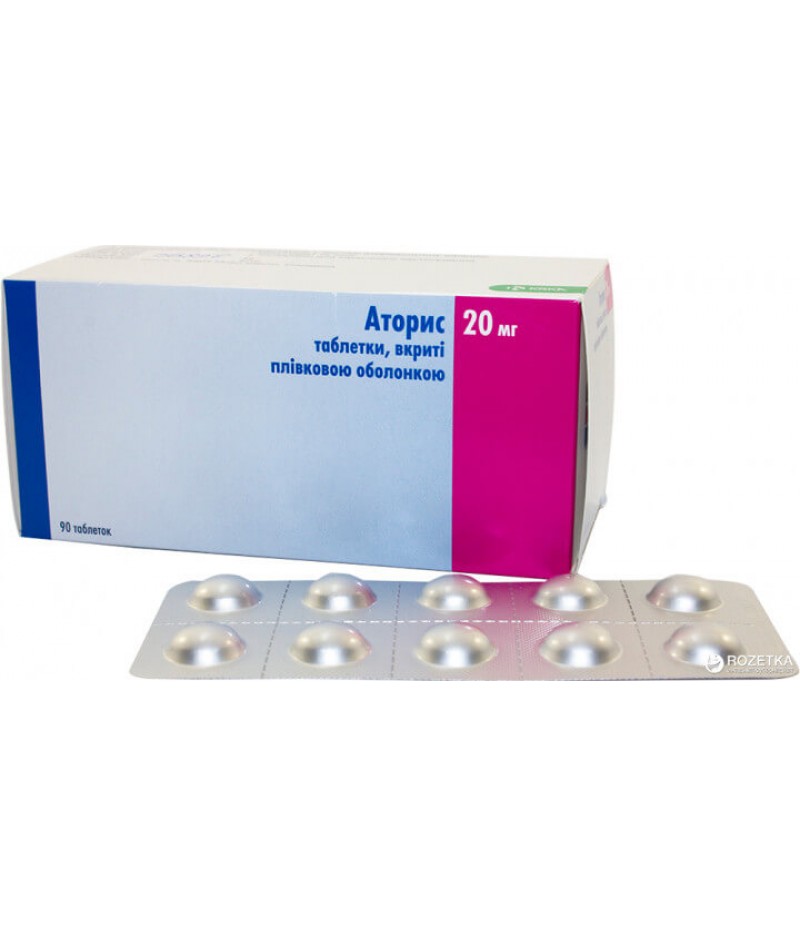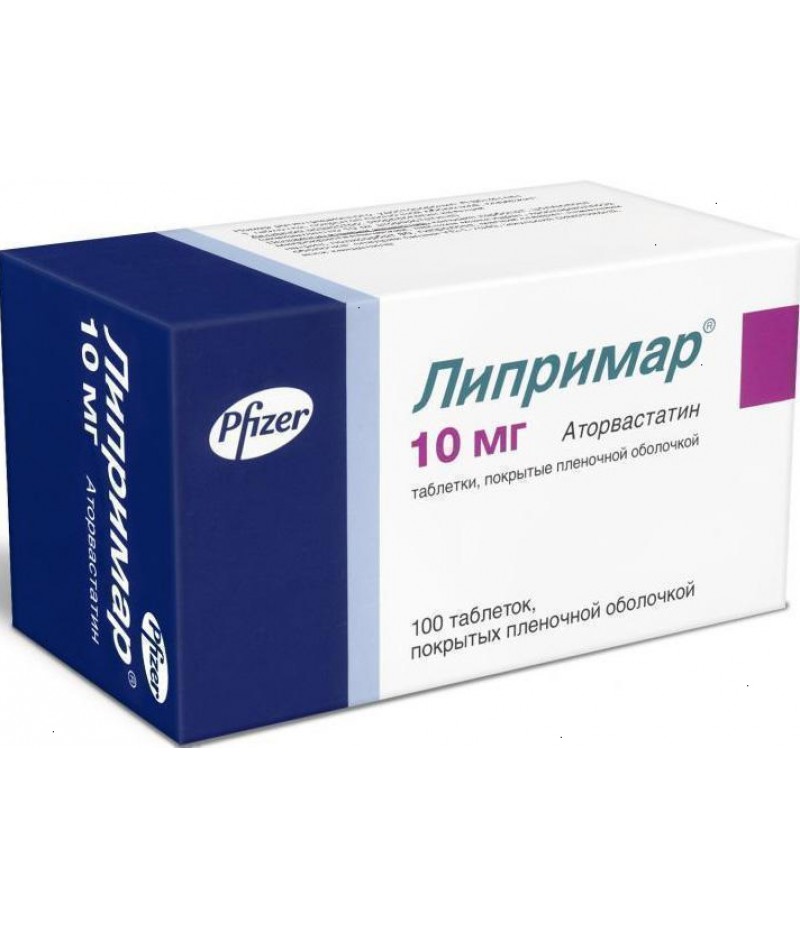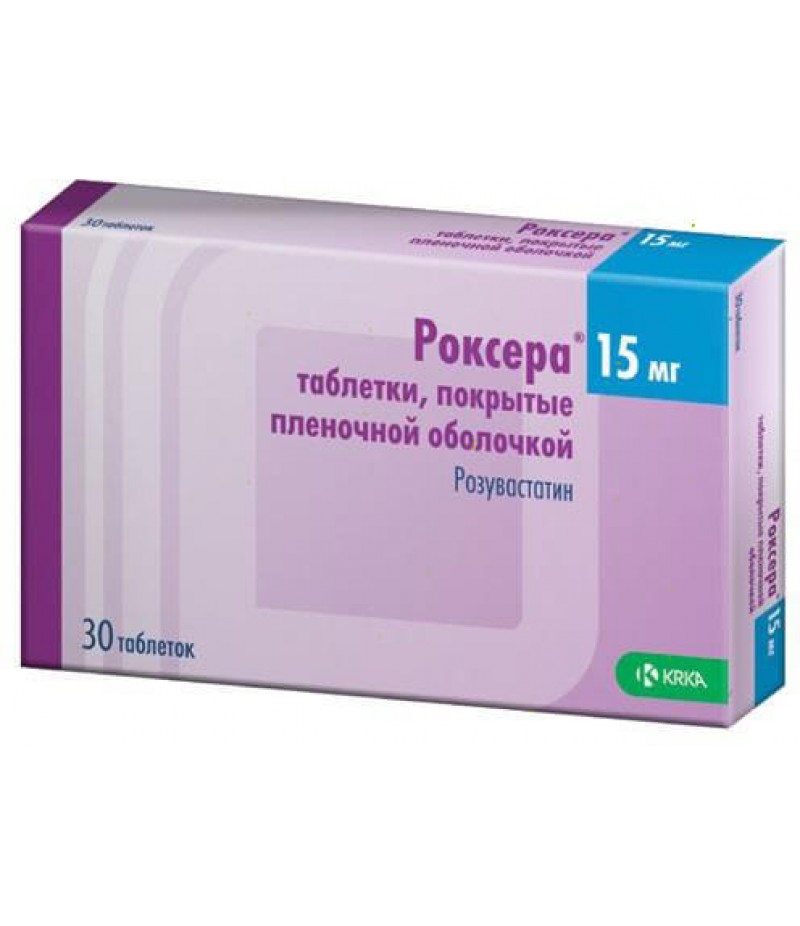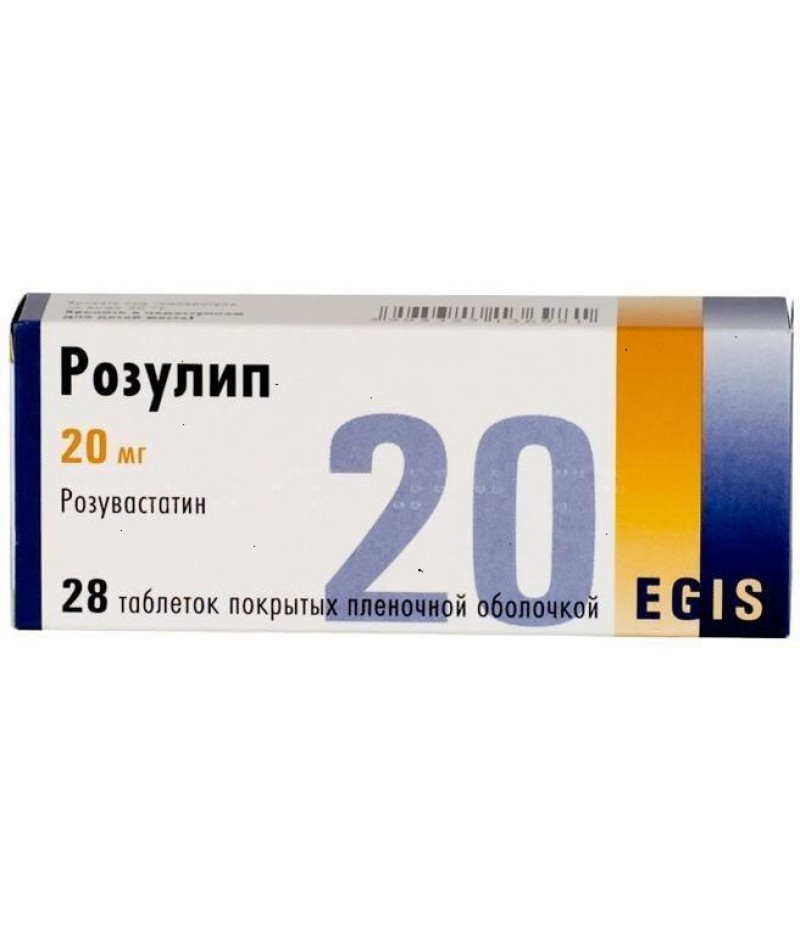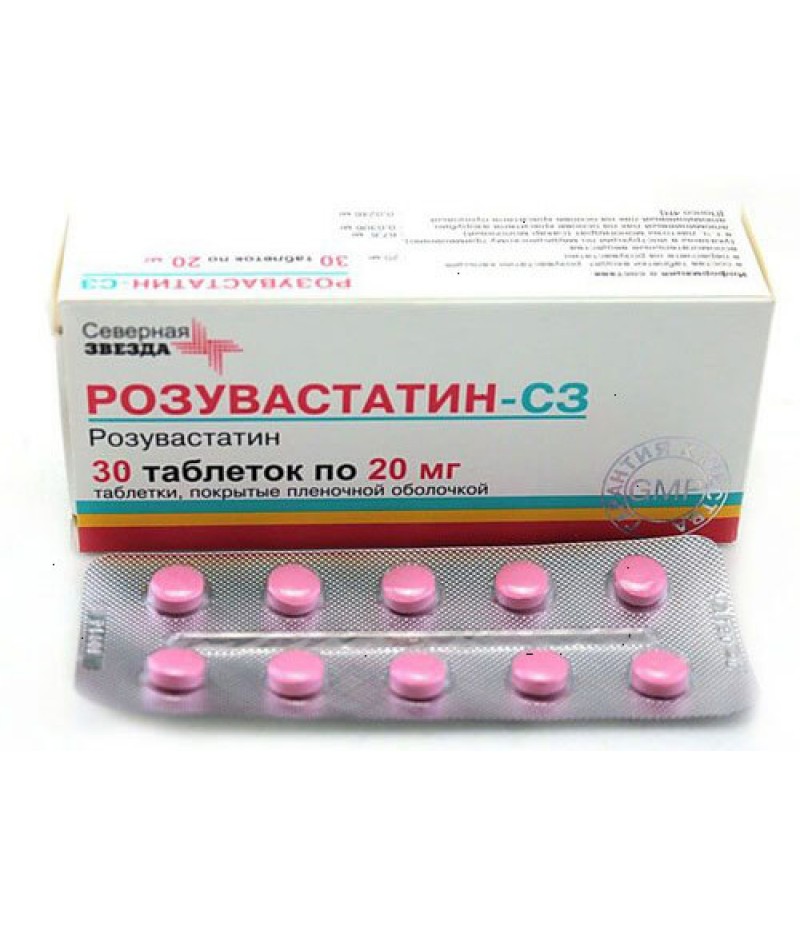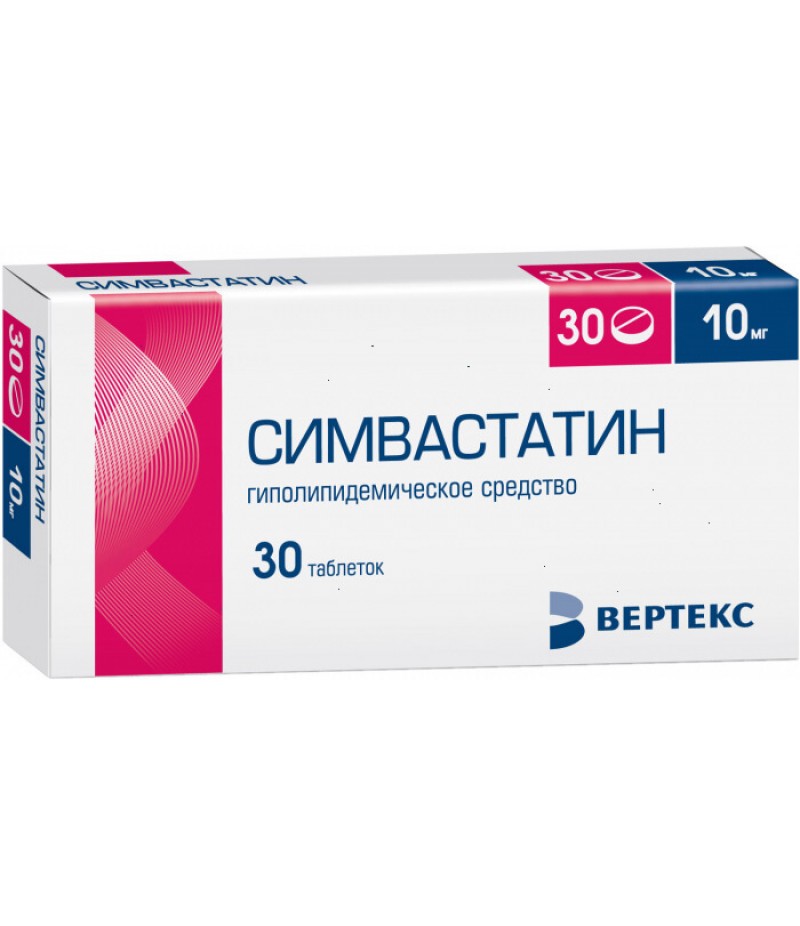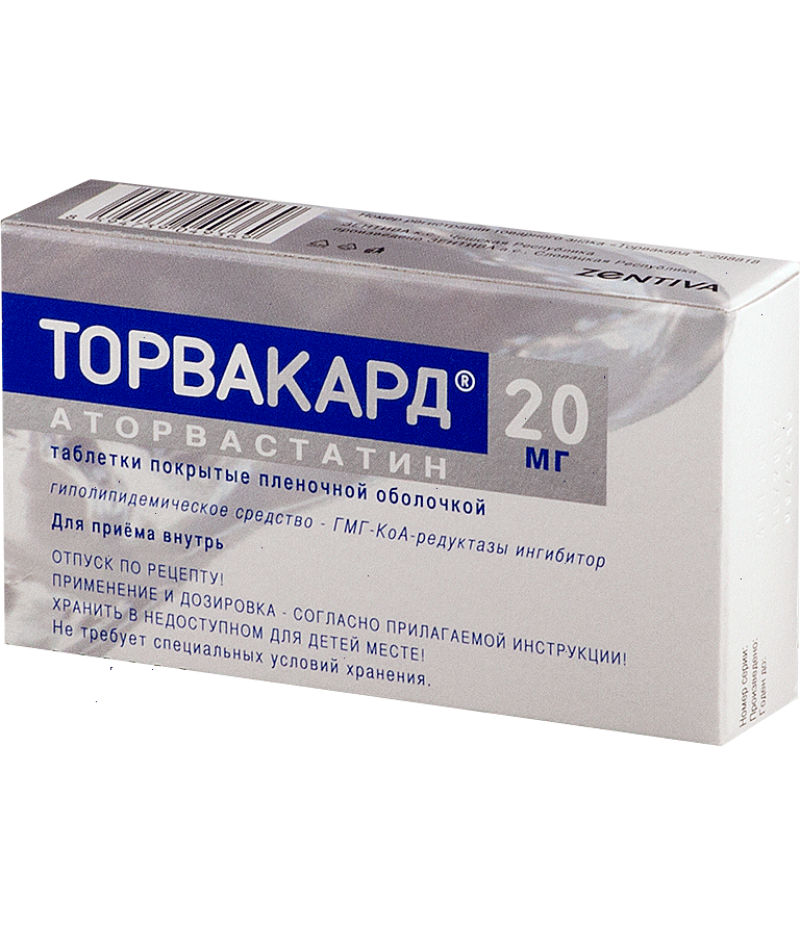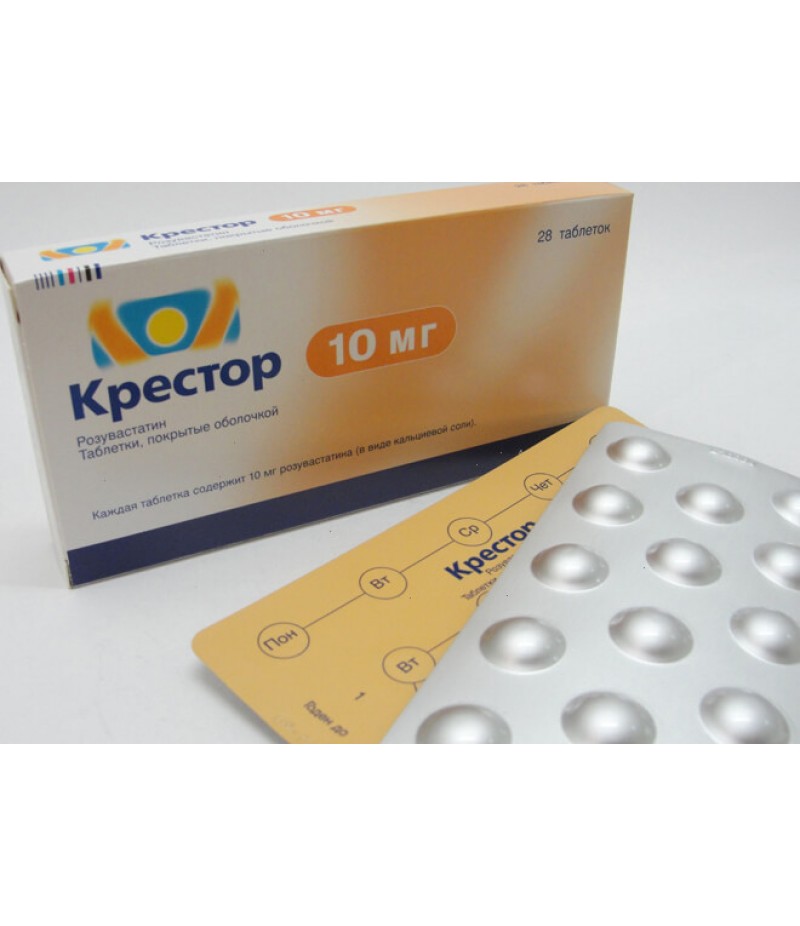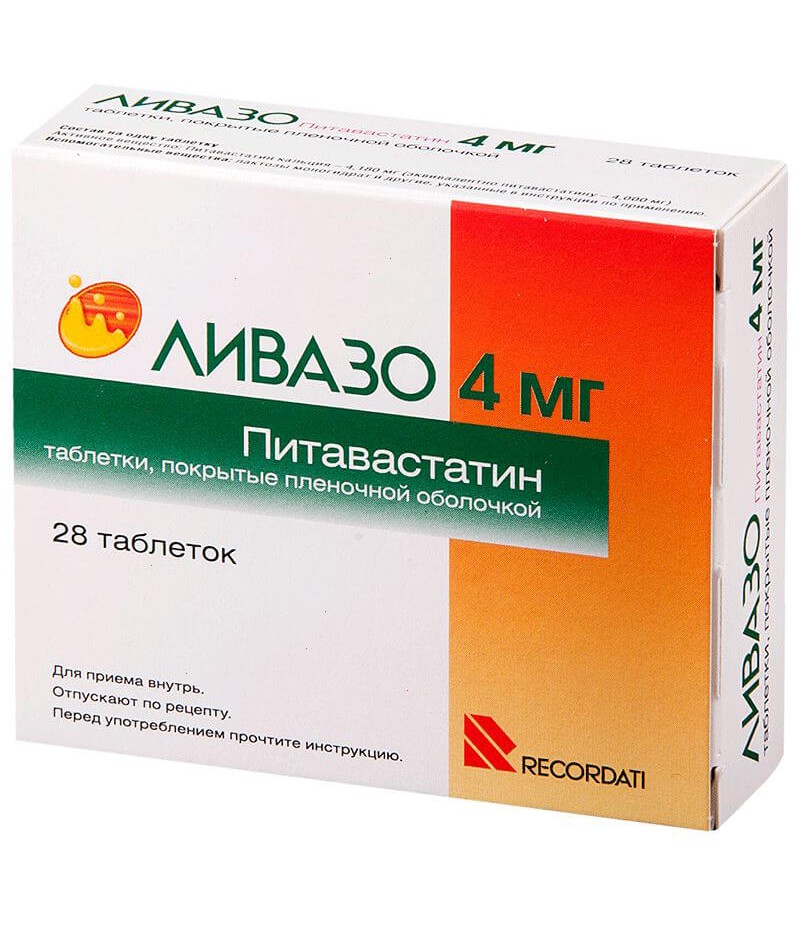Atoris tabs 20mg #90
- $42.79
- 2 or more $41.50
- 3 or more $40.83
- Availability:In Stock
Atoris user manualReed more and buy Atoris on this pageComposition1 tablet can include 10; 20; thirty; 40; 60; 80 mg of atorvastatin, as the active ingredient.As additional ingredients: tablets of 10 and 20 mg in..
Tags: tabs
Atoris user manual
Reed more and buy Atoris on this page
Composition
1 tablet can include 10; 20; thirty; 40; 60; 80 mg of atorvastatin, as the active ingredient.
As additional ingredients:
tablets of 10 and 20 mg include: sodium lauryl sulfate, povidone, calcium carbonate, MCC, sodium croscarmellose, lactose monohydrate, magnesium stearate (shell - Opadry II HP 85F28751 white);
tablets of 40 mg include: sodium lauryl sulfate, povidone K25, calcium carbonate, MCC, sodium croscarmellose, lactose monohydrate, crospovidone, magnesium stearate (shell - Opadry white Y-1-7000);
tablets of 30, 60 and 80 mg include: lactose monohydrate, MCC, sodium croscarmellose, giprolose, crospovidone, sodium hydroxide, polysorbate 80, magnesium stearate (shell - Opadry II HP 85F28751 white).
Form of issue
The drug Atoris is available in the form of tablets in a membrane (film). One package, depending on the mass content of the active ingredient, can contain 10; thirty; 60 or 90 tablets.
pharmachologic effect
Lipid-lowering.
Pharmacodynamics and pharmacokinetics
Medication Atoris, with the active ingredient atorvastatin, is a lipid-lowering drug that belongs to the group of statins. Of primary importance in the mechanism of action of atorvastatin is the inhibition of the work of the enzyme HMG-CoA reductase, which catalyzes the process of transformation of HMG-CoA into mevalonic acid, which is the early stage of cholesterol replication. Thus, suppression of cholesterol itself is manifested, which leads to activation of low-density lipoprotein (LDL) receptors in tissues and liver. Due to this, LDL particles are bound and removed from the blood plasma, which in turn leads to a decrease in the content of LDL cholesterol in it.
Anti-atherosclerotic effect of Atoris is manifested due to the effects of atorvastatin on blood components and vessel walls. Atorvastatin suppresses the replication of isoprenoids, which are one of the reasons for the growth of intravascular cells. Strengthens endothelium-dependent relaxation of blood vessels, lowers the level of apolipoprotein B, LDL cholesterol and triglycerides, increases the content of apolipoprotein A and HDL cholesterol. Also lowers plasma viscosity, activity of aggregation and clotting processes of platelets. Effects of atorvastatin improve hemodynamics and normalize the coagulating system of blood, in parallel affecting the metabolism of macrophages, blocking their activation and preventing ruptures of atherosclerotic plaques.
As a rule, the therapeutic efficacy of atorvastatin is observed after its 2-week course and reaches a maximum in a month.
Tablets from Atoris cholesterol have been shown to reduce the incidence of ischemic complications, re-hospitalization and mortality.
Absorption of atorvastatin in the gastrointestinal tract is approximately 80%. Proportional to the dose, its plasma concentration and the degree of absorption increase. On average, Tmax is observed after 1-2 hours. Tmax in women is more by 20%, and AUC in them is the same, lower by 10%. Some differences in the pharmacokinetics of atorvastatin associated with age and sex of patients are recognized as minor and do not require adjustment of the doses of Atoris.
In patients suffering from cirrhosis of the liver, Tmax exceeds the norm by 16 times. Eating somewhat lowers the duration and speed of absorption, but does not affect the content of LDL cholesterol.
Atorvastatin reveals low bioavailability, approximately 12% and systemic bioavailability of inhibitory activity against HMG-CoA reductase, about 30%.
The average indications of Vd atorvastatin are 381 liters. The connection with plasma proteins occurs at 98%. Atorvastatin does not pass through the BBB, it is characterized mainly by hepatic metabolism involving cytochrome P450 and the release of active metabolites, thanks to which 70% of pharmacological activity of Atoris is realized.
T1 / 2 - 14 hours, with excretion of the drug mainly with bile, less intestine and about 2% kidney.
Indications for use of Atoris
Indications for use of Atoris differ slightly depending on the mass content of atorvastatin tablets.
Atoris 10 mg and Atoris 20 mg:
primary hyperlipidemia IIa and IIb types according to Fredrickson classification, including polygenic hypercholesterolemia, mixed hyperlipidemia, heterozygous familial hypercholesterolemia, for lowering the level of total cholesterol, apolipoprotein B, LDL cholesterol, triglycerides in the blood;
family homozygous hypercholesterolemia, to lower the level of total cholesterol, apolipoprotein B, LDL cholesterol, as an addition to diet therapy and other non-pharmacological methods of treatment.
Atoris 30, 40, 60, 80 mg:
primary hypercholesterolemia (non-familial and familial heterozygous hypercholesterolemia of type II according to Fredrickson classification;
mixed (combined) hyperlipidemia IIa and IIb types according to Fredrickson classification;
Disbetalipoproteinemia type III according to the Fredrickson classification (as an adjunct to diet therapy);
a diet-resistant endogenous familial type IV hypertriglyceridemia according to Fredrickson's classification;
family homozygous hypercholesterolemia, as an addition to diet therapy and other non-pharmacological methods of treatment.
All dosages of Atoris are prescribed:
with the purpose of primary prevention of cardiovascular pathologies in patients without manifestations of IHD, but with the possibility of its development due to existing risk factors, including age after 55 years, arterial hypertension, nicotine dependence, diabetes mellitus, low plasma cholesterol in HDL, genetic predisposition ;
with the aim of secondary prevention of cardiovascular pathologies in patients with diagnosed IHD, to reduce complications, including myocardial infarction, mortality, stroke, repeated hospitalization associated with angina and the need for revascularization.
Contraindications
pathology of skeletal muscles;
hypersensitivity to atorvastatin, other ingredients of Atoris or to their combination;
liver failure;
pathology of the liver in the acute stage (including alcoholic or active chronic hepatitis);
deficiency of lactase, lactose intolerance and glucose-galactose malabsorption syndrome;
cirrhosis of liver of various origin;
elevated level of hepatic transaminases of unknown origin, which is more than 3 times higher than normal;
age to 18 years;
periods of breastfeeding and pregnancy.
Carefully:
previously observed liver disease;
alcoholism;
electrolyte balance disorders in the severe stage;
metabolic and endocrine disorders;
acute severe infections;
arterial hypotension;
uncontrolled epilepsy;
injuries;
serious surgical operations.
Side effects
Central and peripheral nervous systems:
malaise;
headache;
asthenic syndrome;
dizziness;
sleep disorders;
nightmarish dreams;
paresthesia;
amnesia;
peripheral neuropathy;
ataxia;
emotional lability;
hyperkinesis;
hypoesthesia;
depression;
weakness.
Sense organs:
tinnitus;
amblyopia;
dryness of the conjunctiva;
bleeding in the eyes;
violation of accommodation;
deafness;
parosmia;
glaucoma;
changes in taste.
The cardiovascular system:
migraine;
palpitation;
postural hypotension;
vasodilation;
increased blood pressure;
arrhythmia;
phlebitis;
vasculitis;
chest pain.
The system of hematopoiesis:
lymphadenopathy;
anemia;
thrombocytopenia.
Respiratory system:
dyspnea;
rhinitis;
nose bleed;
bronchitis;
bronchial asthma.
Digestive system:
heartburn;
gastralgia;
constipation or diarrhea;
abdominal pain;
flatulence;
anorexia;
nausea;
increased appetite;
dryness in the oral cavity;
eructation;
vomiting;
dysphagia;
stomatitis;
glossitis;
esophagitis;
gastroenteritis;
hepatic colic;
hepatitis;
cheilitis;
pancreatitis;
ulcer of duodenum;
cholestatic jaundice;
rectal bleeding;
increased levels of hepatic enzymes;
melena;
tenesmus;
bleeding gums.
Musculoskeletal system:
myalgia;
backache;
arthralgia;
swelling of the joints;
muscle cramps;
myopathy;
myositis;
tendonitis (sometimes with a rupture of tendons);
rhabdomyolysis.
Genitourinary system:
dysuria (including nocturia, pollakiuria, urinary incontinence, imperative urges, delayed urination);
urogenital infections;
cystitis;
vaginal bleeding;
hematuria;
uterine bleeding;
metrorrhagia;
urolithiasis disease;
epididymitis;
impotence;
decreased libido;
violation of ejaculation.
Skin:
seborrhea;
sweating;
ecchymosis;
eczema.
Allergic manifestations:
skin rash;
Lyell's syndrome;
itching;
contact dermatitis;
angioedema;
hives;
anaphylaxis;
Stevens-Johnson syndrome;
exudative erythema multiforme.
Laboratory indicators:
increased activity of ACT, ALT, serum CK;
hyperglycemia or hypoglycemia.
Others:
peripheral edema;
increased fatigue;
weight gain;
fever.
Atoris tablets, instructions for use (Method and dosage)
Instructions for use Atoris recommends that, before starting therapy with its use, transfer the patient to a diet that will lower the level of lipids in the blood. Diet should be observed throughout the duration of treatment. Before taking Atoris, you should try to achieve control of hypercholesterolemia by performing physical exercises and weight reduction in obese patients, and also by treating the underlying disease.
Atoris tablets are taken orally (orally), after meals or on an empty stomach. It is recommended to start therapy with a daily single dose of 10 mg, after which, depending on the effectiveness of the initial dose and, if necessary, increase, a higher dose of 20 mg, 40 mg and so on up to 80 mg is prescribed. Atoris medicine, in each of the dosages, is taken once a day at a convenient time for the patient at the same time of the day. Therapeutic effect is observed after a two-week application of the drug, with the development of its maximum effectiveness after four weeks. In this regard, the correction of Atoris doses is carried out not earlier than its four-week intake, taking into account the effectiveness of the previous dose. The maximum possible daily dose of Atoris is 80 mg.
For the treatment of mixed hyperlipidemia IIb type and primary (polygenic and hereditary heterozygous) hypercholesterolemia IIa type, we recommend the use of Atoris in a dose of 10 mg, with an increase in the dose after four weeks, depending on the effectiveness of the initial dose and the individual sensitivity of each patient.
For the treatment of hereditary homozygous hypercholesterolemia, depending on the severity of its manifestations, the selection of initial doses is carried out individually, in the range as with other types of hyperlipidemia.
In most patients with hereditary homozygous hypercholesterolemia, the optimal efficacy of Atoris in a single daily dose of 80 mg is observed.
The drug Atoris is prescribed as an additional treatment for other therapies (for example, plasmapheresis) or as the main therapy, if it is impossible to treat by other methods.
Patients with kidney pathologies and in old age do not need to adjust the dose of the drug.
Patients with diseases of the liver, the appointment of Atoris is possible with extreme caution, since in this case there is a slowdown in the removal of atorvastatin from the body. Therapy is carried out under the control of laboratory and clinical indicators and in the case of a significant increase in the level of transaminases with a decrease in dose or with complete withdrawal of the drug.
Overdose
In case of an overdose of atorvastatin, a number of general measures are necessary, among them: monitoring of vital functions and their support, further prevention of absorption of the drug (sorbent intake, gastric lavage, laxative administration).
In rare cases, a severe adverse manifestation of an overdose was observed-myopathy with further rhabdomyolysis and development of renal failure. In this case, the intake of Atoris is immediately stopped, and the patient is administered sodium hydrogencarbonate and a diuretic. If necessary, a hemodialysis procedure is performed. To eliminate hyperkalemia, as the effects of rhabdomyolysis, I / in the injection of calcium gluconate or calcium chloride, infusion of glucose with insulin, the appointment of potassium-exchange resins. The connection of atorvastatin with plasma proteins is quite significant, and therefore the procedure of hemodialysis is relatively ineffective.
Interaction
Parallel use of atorvastatin with antibiotics (Clarithromycin, Erythromycin, Hinupristin / dalfopristin), Nefazodone, HIV protease inhibitors (Ritonavir, Indinavir), antifungal drugs (Ketoconazole, Itraconazole, Fluconazole) or Cyclosporine may increase the content of atorvastatin in the blood and cause Myopathy with further rhabdomyolysis and development of renal failure.
Simultaneous reception of Atoris with nicotinic acid and fibrates in lipid-lowering doses (more than 1 g / day), as well as 40 mg of atorvastatin and 240 mg of Diltiazem, also lead to an increase in the concentration in the blood of atorvastatin.
The combined use of Atoris with Rifampicin and Phenytoin lowers its effectiveness.
Antacids (suspension of aluminum and magnesium hydroxides) reduce the content of atorvastatin in the blood.
Combination of Atoris with Colestipol also reduces the concentration of atorvastatin in the blood by 25%, but has a greater therapeutic effect, compared with one atoris.
Because of the increased risk of reducing the content of steroid endogenous hormones, caution is needed when concomitantly administering Atoris with drugs that lower the level of steroid endogenous hormones (including Spironolactone, Ketoconazole, Cimetidine).
Patients receiving atoris at a dose of 80 mg and Digoxin concurrently should be under constant observation, as this combination leads to an increase in blood concentration of Digoxin by approximately 20%.
Atorvastatin may increase the absorption of oral contraceptives (ethinyl estradiol, norethindrone) and their plasma concentrations, respectively, which may require the appointment of another contraceptive.
The combined use of Atoris and Warfarin, at the beginning of the application, can enhance the effect of the latter in relation to blood clotting indices (reduced IV). This effect is smoothed after 15 days of joint therapy.
Atorvastatin does not have a clinically significant effect on the kinetics of Terfenadine and phenazone.
Simultaneous administration of 10 mg of amlodipine and 80 mg of atorvastatin does not lead to a change in the pharmacokinetics of the latter in the equilibrium state.
The cases of the formation of rhabdomyolysis in patients who simultaneously took atoris and fusidic acid are described.
The use of Atoris with estrogens and antihypertensive drugs, within the limits of replacement therapy, revealed no signs of undesirable interaction.
Grapefruit juice, in a volume of 1.2 liters per day, during the period of therapy with Atrisus can lead to an increase in the content of the drug in the plasma, and therefore, its consumption should be limited.
Terms of sale
To buy Atoris you don't need a doctor's prescription.
Storage conditions
The drug Atoris belongs to the list B. The storage temperature of the tablets should not exceed 25 ° C.
Shelf life - 2 years.
special instructions
Before the appointment of Atoris, it is necessary to appoint a hypocholesteremic diet to the patient, which is observed throughout the further therapy.
During the whole course of therapy with Atoris, an increase in the level of hepatic enzymes in blood serum can be observed. This increase, in most cases, is insignificant, but requires control at 1.5 and 3 months of treatment, as well as with each dose increase. In the case of a three-fold increase in the level of ACT and / or ALT, therapy is discontinued.
Admission of Atoris can lead to an increase in the activity of aminotransferases and CK.
Women of reproductive age who do not use reliable contraceptives should not take Atoris. When planning a pregnancy, the patient who takes Atoris is obliged to stop taking it at least 30 days before the planned pregnancy.
If weakness in the muscles or unexplained pains, especially those accompanied by fever or malaise, should be reported immediately to the treating physician.
In case of detection of clinical manifestations of myopathy, it is recommended to determine the concentrations of CK in plasma and at 10-fold higher levels to stop treatment with Atoris.
Against the background of taking Atoris occasionally observed the development of atonic fasciitis, with an unproved, but possible causal connection.
The drug Atoris includes lactose, so its use is contraindicated in the absence of lactase, lactose intolerance and glucose-galactose malabsorption syndrome.
During therapy with Atoris, for carrying out accurate or dangerous work, as well as when driving a car, you should be careful.
Torvacard or Atoris - which is better?
It should be noted that both drugs contain as active ingredient - atorvastatin, in connection with which, they have only pharmaceutical effects. Atoris is produced by Krka (Slovenia), and the drug Torvacard by Zentiva (Czech Republic). Both manufacturers are fairly well known and have a fairly good reputation, which makes these drugs virtually unambiguous. The only difference between Torvacard is the dosage of its tablets, which is as much as 40 mg, while some pathological conditions require taking atorvastatin 80 mg, which can cause some inconvenience to the pill.
liprimar or Atoris - which is better?
Just like in the situation with Torvacard, Liprimar is a synonym for Atoris, that is, as the active ingredient contains the same substance - atorvastatin. Both drugs have the same indications, application features, contraindications, side effects, etc. Doses of Liprimar are repeated dosages of Atoris except for 30 mg tablets. The manufacturer of Liprimar is Pfizer (Ireland), which in itself speaks of the high quality of the product.
It should be noted that Liprimar is the original drug atorvastatin, and all the rest, including Atoris, are his generics. According to some experts, the generic drug by definition can not exceed the original and is usually worse than its quality. Other experts argue that when choosing the original drug, a third of its cost consists only of the name of the manufacturer, that is, the patient overpays only for the company's big name. In this case, it is better to rely on the opinion and experience of your doctor.
Children
Studies of the effectiveness of Atoris and the safety of its use in children have not been carried out, from which the Atoris tablets are contraindicated until age 18.
During pregnancy (and lactation)
Therapy with Atoris is contraindicated during pregnancy and breastfeeding.
Reviews about Atoris
In most cases, reviews about Atoris, both doctors and patients, are positive, with mention of the most often mild side effects, without which, unfortunately, not a single therapy is needed. It should be noted that treatment with Atrisos should be prescribed only by a doctor and under his constant control. For a positive result of therapy, the patient must strictly adhere to the treatment regimen, diet, exercise and other recommendations of his doctor.

